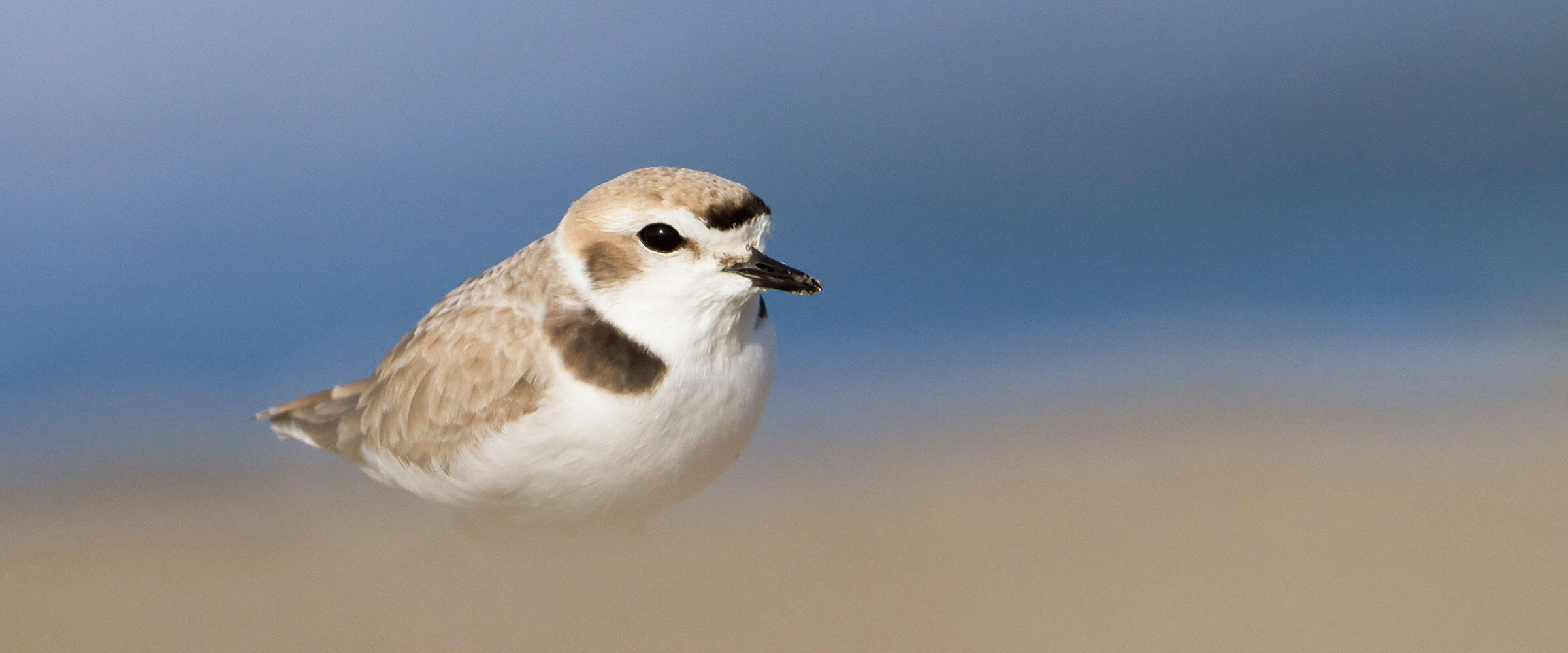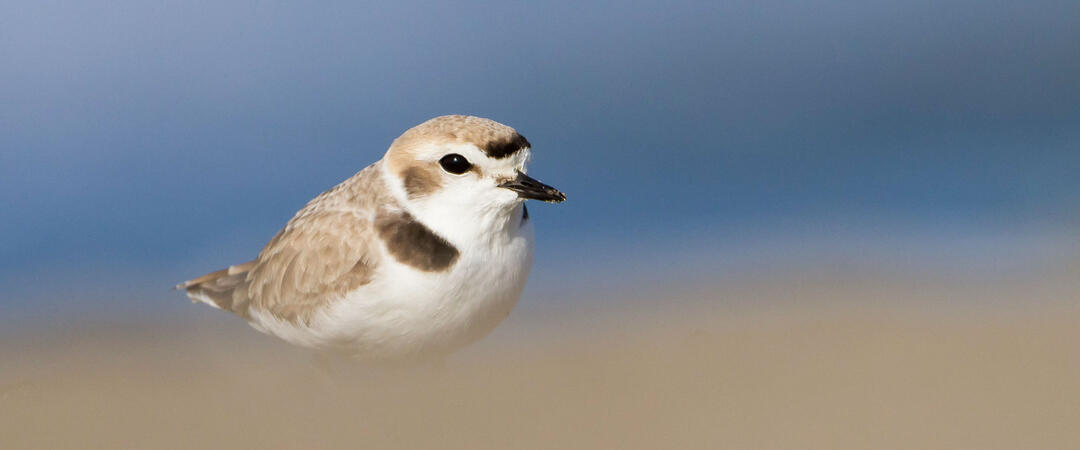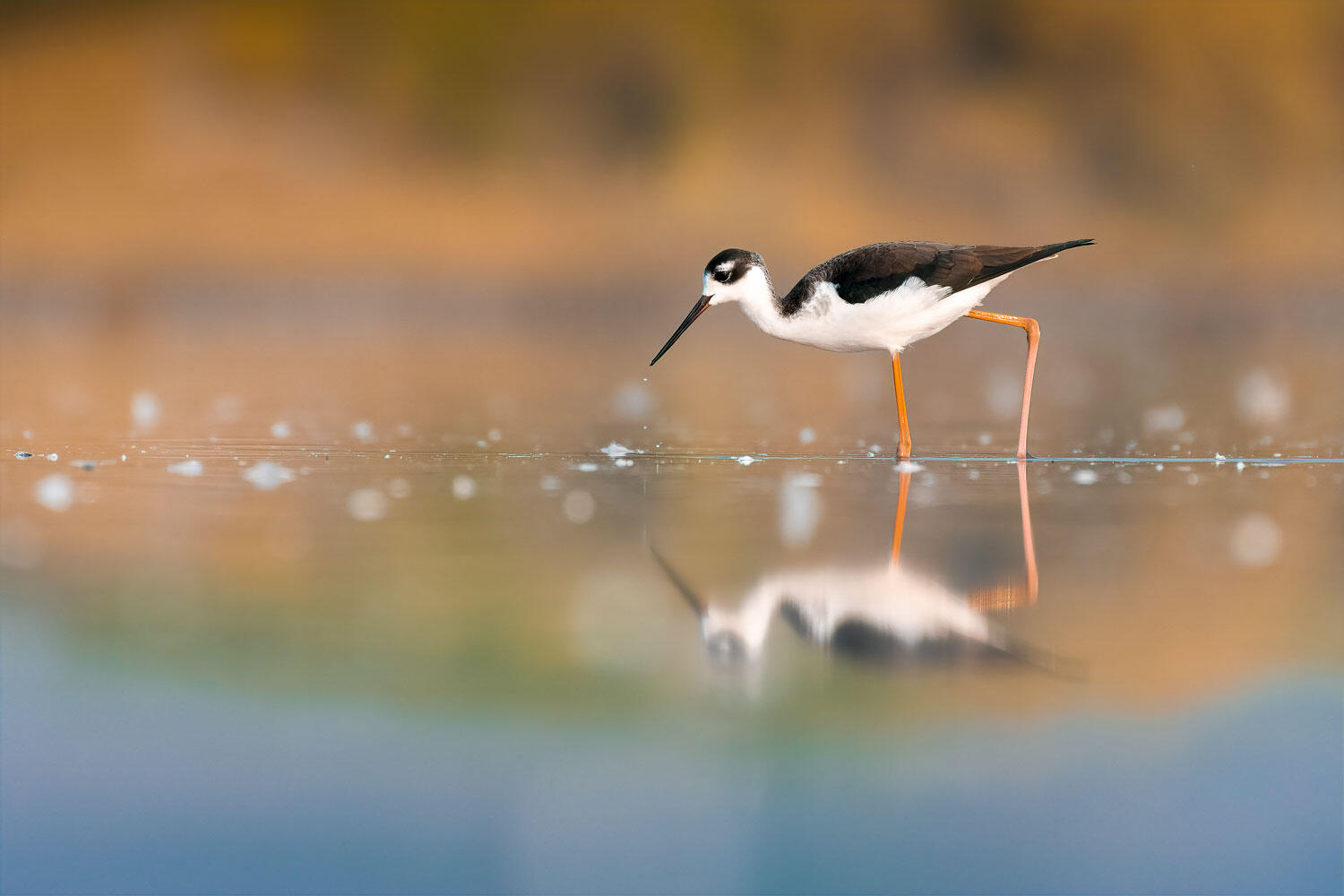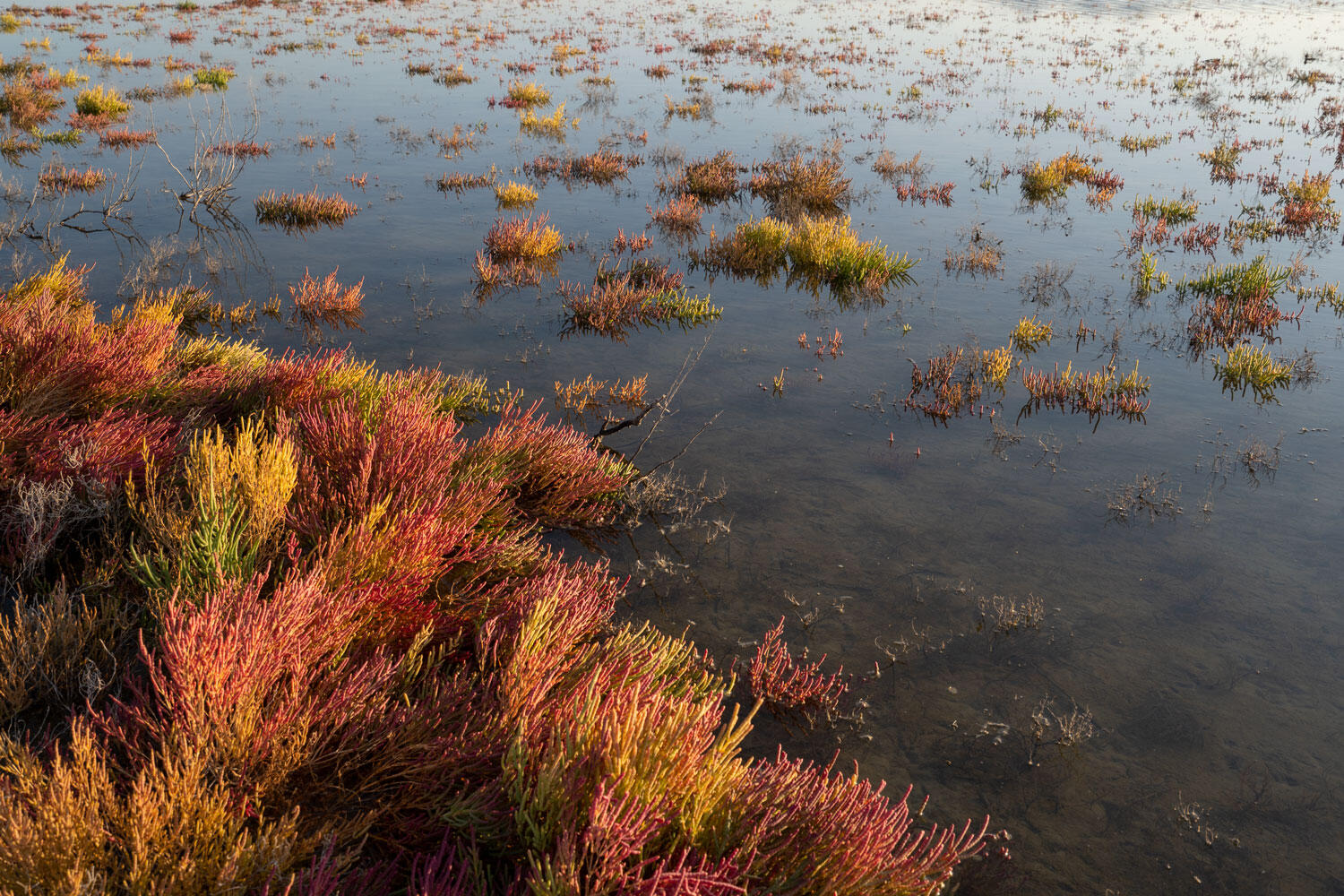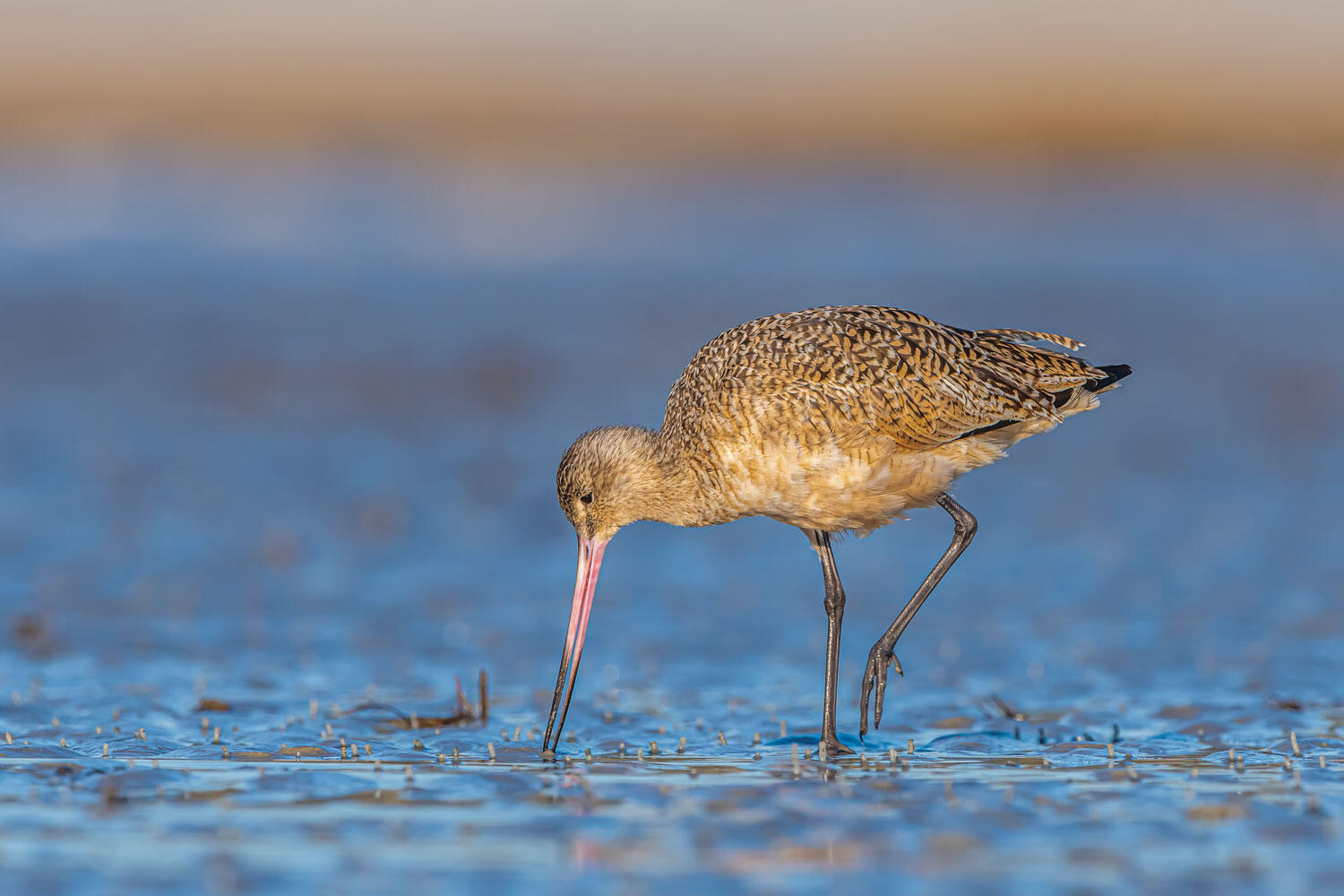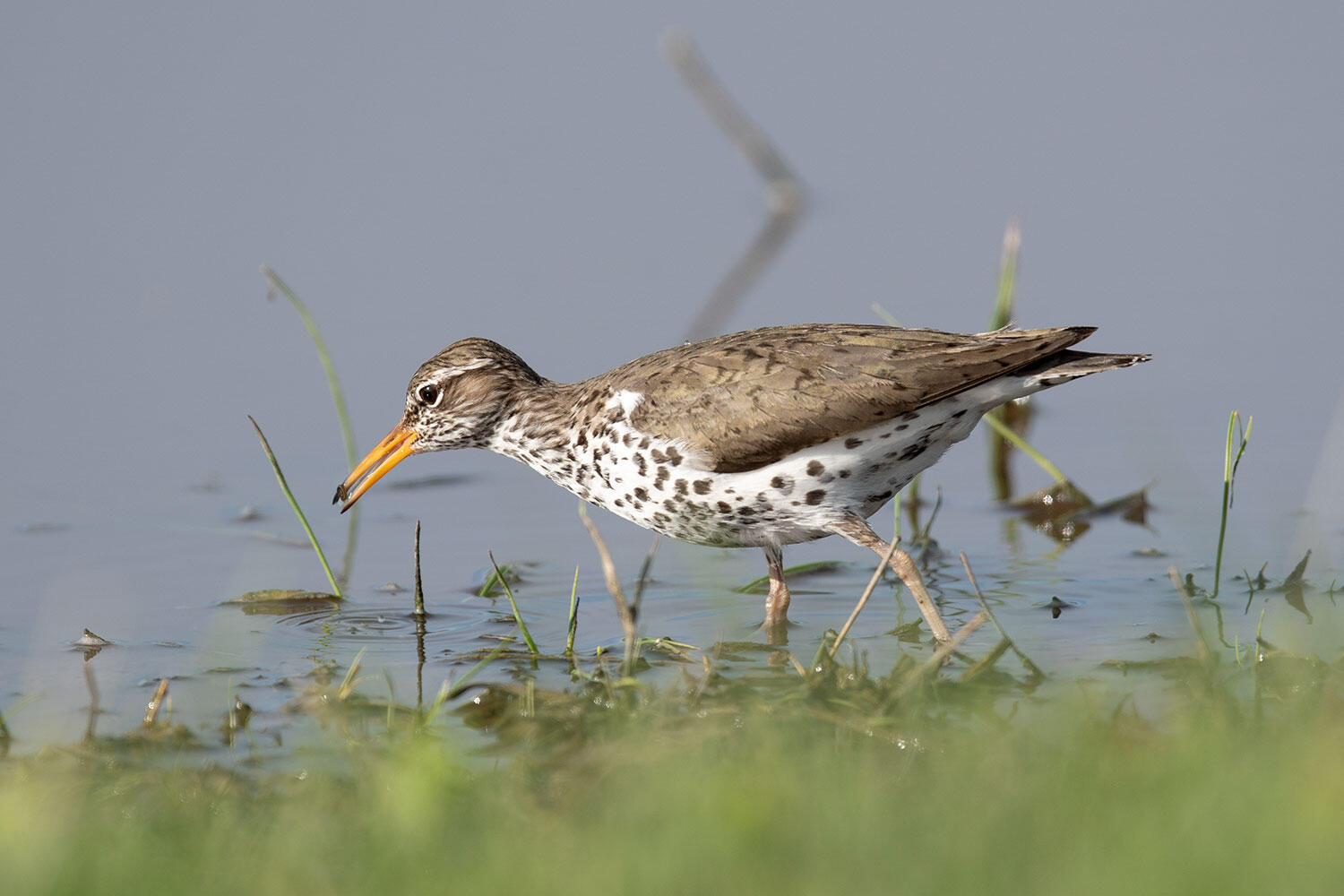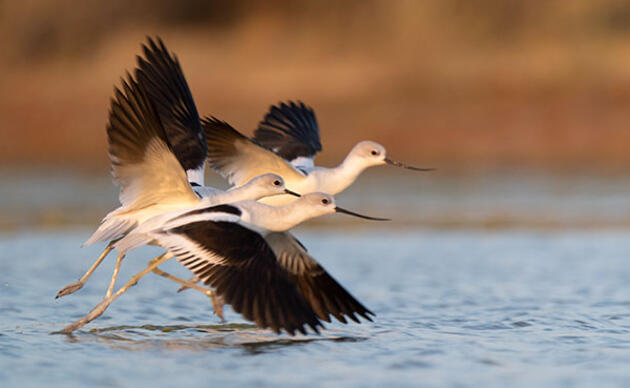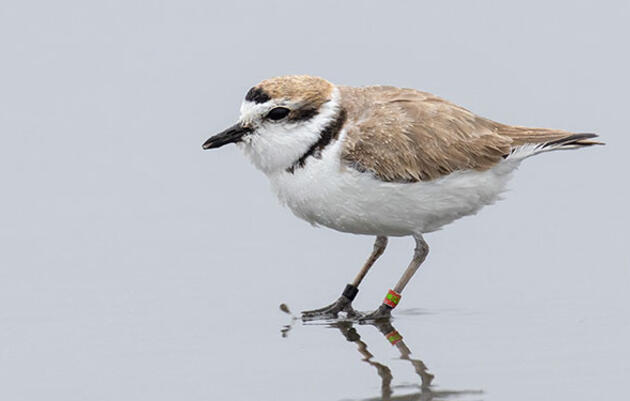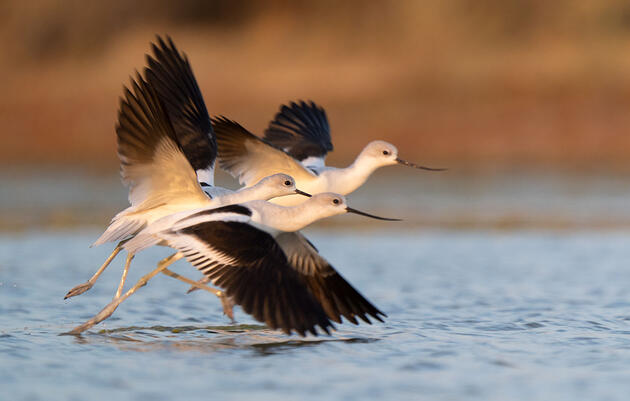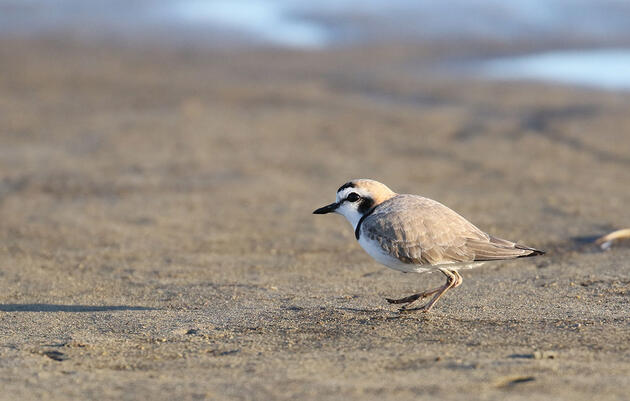Nestled within the internationally recognized treasure that is the Great Salt Lake ecosystem is the Lee Creek Natural Area. A critical site for migrating birds and avian biodiversity, Lee Creek Natural Area is part of a larger conservation complex with Kennecott’s Inland Sea Shorebird Reserve and the South Shore Preserve that includes National Audubon Society’s Gillmor Sanctuary and Mitigation Commission properties. It is part of the southern arm of Great Salt Lake—known as Gilbert Bay—which in 2004 was recognized as an Important Bird Area by BirdLife International and National Audubon Society. Like the rest of the Great Salt Lake ecosystem, the Lee Creek Natural Area is of tremendous importance to bird conservation on a hemispheric scale.
Despite its importance, Lee Creek has not always received the recognition and protection it deserves. Proximity to population centers and unfettered access have long resulted in significant trespassing and illegal use of motorized vehicles in the area. Degradation of habitat has been severe, affecting Lee Creek as well as its natural drainage all the way into the Great Salt Lake.
Then, starting in 1996, National Audubon Society, Kennecott Utah Copper Corporation, The Nature Conservancy, the Mitigation Commission, and the Utah Division of Water Quality joined forces to acquire the Lee Creek property and begin a restoration program. With sustained effort over the past 25 years, the land is healing and populations of nesting and migrating water birds—including American Avocets, Black-necked Stilts, Marbled Godwits, Snowy Plovers, and more—have increased significantly.
Currently, National Audubon Society manages the 305-acre Lee Creek Natural Area as part of the South Shore Preserve.
A Unique and Dynamic Home
To truly understand the significance of the Lee Creek Natural Area, one must also understand the remarkable ecosystem that exists there. What at first appears as barren land is in fact vibrant and full of life. At the Lee Creek Natural Area, salt, water, and land meet in constant fluctuation. Water expands and retreats across shallow, salty shorelines, a natural process that creates an incredibly unique and dynamic habitat. Unlike most ecosystems where freshwater is of the utmost importance, here, it is not everything. Here, salt supports the system.
Salt-tolerant plants like pickleweed (Salicornia rubra) and iodine bush (Allenrolfea occidentalis)—each specially adapted to varying levels of salinity—thrive across the Lee Creek Natural Area. Insects—like brine flies, golden ground beetles, and rove beetles—emerge from mounds dotting the saline mudflats, providing food for thousands of migrating and nesting birds. American Avocets, Long-billed Curlews, and Spotted Sandpipers are just a few of the birds that regularly cruise the shore of Lee Creek. Come spring, the most frequent visitor along its expansive shoreline is the Snowy Plover.
The world’s largest concentration of Snowy Plovers—an estimated 5000-plus birds—nest at Great Salt Lake in prime habitats like the Lee Creek Natural Area each year. They begin arriving in late March and nesting in April, spending the summer foraging for insects and brooding over scurrying fledglings.
Unfortunately, Snowy Plover populations have declined over the past two decades, due in large part to habitat loss and beach recreation that interferes with their breeding sites. The habitat provided by Great Salt Lake at sites like Lee Creek is critical to the health of Snowy Plover populations, as well as the many other birds, plants, and wildlife that are dependent on this remarkably unique environment.
Visit Lee Creek
Visiting Lee Creek offers an experience of Great Salt Lake unlike any other, providing the closest and least-restricted access to its shores within the vicinity of Salt Lake City. A tranquil place with spectacular views of open water and vast skies, visitors can enjoy facilitated access where wildlife-compatible activities—such as birdwatching, photography, and scenic viewing—are encouraged.
Hunting, shooting, and collecting are strictly prohibited at the Lee Creek Natural Area, along with any activity that disturbs plants and wildlife. Dogs, bicycles, and motorized vehicles are not allowed. Lee Creek Natural Area is open daily from sunrise to sunset.
Here's the location of the parking lot on Google Maps. To reach the Lee Creek Natural Area from Salt Lake City, take I-80 West toward Reno to Exit #111 (7200 West). Turn right (north) at the stop sign, then immediately (0.1 miles) turn left (west) onto the frontage road that parallels I-80. Drive west on this frontage road 5.0 miles to a small parking area to the north of the road. The parking area leads to a gated pathway that goes a short distance out into the lake. From the west, take I-80 to Exit #104 (Saltair). Turn left (west) at the stop sign, doubling back over I-80 (0.3 miles). Turn right (northeast) at the stop sign onto the frontage road that parallels I-80 for 2.3 miles to a small parking area to the north of the road. The parking area leads to a gated pathway that goes a short distance out into the lake.
For more information about the property, or to contribute to its restoration, please visit the Gillmor Sanctuary webpage, or contact the sanctuary directly at (385) 429-9800.
Related
The Transformation of Lee Creek Natural Area
Wildlife habitat along Great Salt Lake has been restored, but still needs our help.
Audubon's Edward L. & Charles F. Gillmor Sanctuary
Protecting critically important shorebird habitat along Great Salt Lake.

